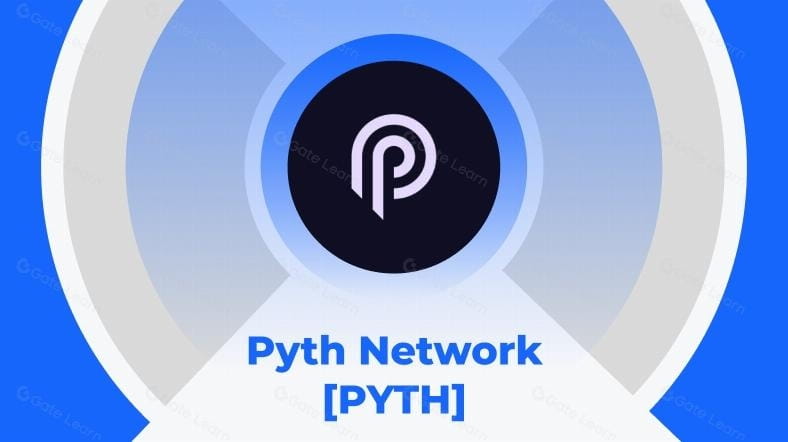When I started studying the roadmap of @Pyth Network , I had a feeling of 'this is not about making an oracle'. It not only feeds prices but also paves a bridge connecting traditional finance with the on-chain world.
Next, I will break down the key points in the roadmap that are heavy on information and clear in direction but not easy to observe.

1️⃣ Current Stage: Infrastructure Building and Cross-Chain Expansion
Currently, Pyth has already achieved cross-chain transmission on multiple chains, efficiently distributing price data through a bridging mechanism between the main chain and target chains. The roadmap shows that Pyth is continuously expanding the number of supported chains, no longer limited to Solana or a few others.
In the coming year, there are plans to expand the number of price-supported assets to over 3,000. Initially, the focus was mainly on crypto assets, but the roadmap has now clearly indicated an expansion towards traditional financial assets, including stocks, forex, commodities, ETFs, interest rate products, etc.
2️⃣ The governance and staking mechanism in the roadmap: the introduction of Oracle Integrity Staking
The clearest and most anticipated item in the roadmap is the Oracle Integrity Staking (OIS) mechanism. This design allows data providers and token holders to participate in network integrity verification by staking PYTH tokens: correctly uploading data can earn rewards, while incorrect uploads or malicious tampering will be punished.
In this way, Pyth deeply binds data quality, network security, and community governance together. This is also an important evolutionary direction that distinguishes it from traditional oracles.
In the future, governance will be fully on-chain, and the community will vote on asset additions, data source permissions, network parameters, etc. This means that Pyth is not just a price-feeding network, but a truly 'decentralized information protocol operated by data governors.'
3️⃣ Update efficiency and accuracy: reduce latency + expand the number of data publishers
Pyth's architecture is continuously being optimized. The roadmap mentions: working to further reduce latency and improve throughput capability. The number of data providers supported by each price data source will also increase from the original 32 to 64, meaning that the price updates for each asset will be more redundant and resilient to attacks.
These technical indicators are not superficial engineering, but fundamental capabilities that actually impact user trading experiences. Especially in highly volatile markets, a one-second delay could mean a liquidation difference of tens of thousands of dollars.
4️⃣ Expanding to traditional assets & diverse assets: from crypto to the whole market
The roadmap specifically mentions that 'asset type expansion' is a core task. Not only must the coverage of crypto assets be improved, but Pyth will also venture into more complex markets, including bonds, interest rate products, spot gold, ETFs, etc.
To achieve this, Pyth will also support an 'on-chain trading clock', which determines whether an asset is currently in a market open period, which is crucial for stock data. If a trade occurs on a chain during NASDAQ's closed hours, the oracle also needs to synchronize awareness and handle abnormal states.
5️⃣ Roadmap challenges: costs, competition, and implementation
Even with a clear direction and advanced structure, Pyth faces several challenges to achieve these goals:
The complexity and operational costs of cross-chain cannot be ignored
The expansion of high-quality data providers must balance quantity and quality
After the governance mechanism goes live, the speed of community decision-making needs to match the project iteration pace
Competitors like Chainlink and Band will not stop, how to maintain the lead is a long-term battle
6️⃣ My judgment: the roadmap rhythm is bold but feasible
From the rhythm given in the roadmap and the current technical implementation, Pyth's development path is not a gimmick, but a step-by-step advance. From cross-chain expansion to governance models, and then to the coverage of all asset types—each action has a logical basis and does not rely on inflated narratives.
Ultimately, this is a project that slowly paves the way for financial data with engineering rhythm. It does not speculate on concepts or rely on airdrops; it relies on solid system architecture and ecological binding. If anyone qualifies to be the 'on-chain financial data operating system', I believe Pyth is currently one of the projects with the most opportunity.

